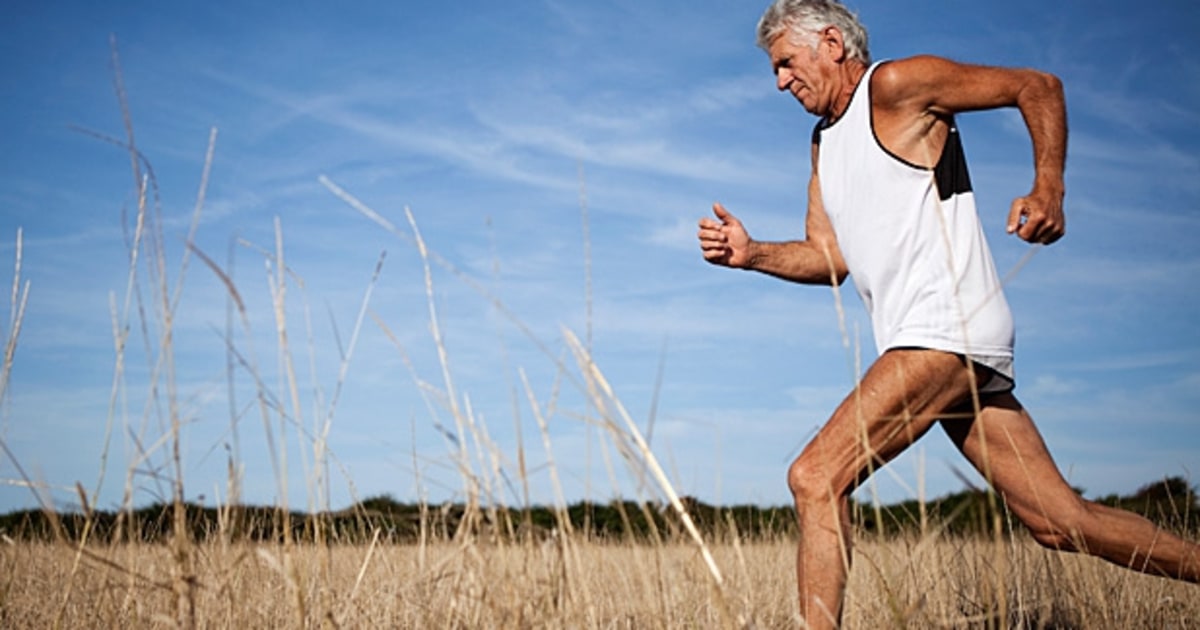
Running is a sport that is visibly growing in popularity. The simplicity of this sport and its health benefits fuel the motivation to lace up your shoes and go for a run.
As with many things, unfortunately, a huge number of myths about running circulate through word-of-mouth and personal anecdotes. In this series of blog articles, we set the record straight by demystifying some key aspects of running.
Is there an age limit to start running?
No, there is no age limit to start running. Whether you are 10, 40, or 75 years old, there is no age at which you are prohibited from starting to run. However, certain factors will influence how easy it is to start this sport and the risk of injury you expose yourself to.
Let's explore the important factors to consider before starting to run:
Your level of physical activity throughout your life:
- If you have been active all your life, your body already possesses several qualities necessary for running. Since it is a new sport, however, it will be important to properly manage your running and adopt appropriate running behaviors.
- However, if you have never really been active, then a slower and more gradual progression will be necessary. Your body will need more time to adapt to this sport.
Your overall health level:
- A body in good overall health has a better capacity to adapt than a body suffering from chronic illnesses or conditions.
- Diabetes, high blood pressure, dyslipidemia (high cholesterol), and obesity are some examples of conditions that slow down our body's ability to adapt.
- Therefore, these individuals need to be even more gradual when starting to run and may need to begin with walking.
- They will also benefit from optimizing their lifestyle habits (sleep hygiene, eating habits, regular physical activity, stress management) to facilitate adaptation to a new sport like running.
Your level of sedentary behavior:
- Sedentary behavior is the sum of the hours we spend sitting or lying down. This includes time spent sleeping and time spent sitting at the office, in the car, or at home.
- The more sedentary your lifestyle (office work, working on the road in a car, and not much physical activity), the less your body is used to using muscles and joints to support you while standing. You will therefore need to be more gradual when starting to run and may need to begin with walking.
- The more active your lifestyle (working on your feet; work that requires you to walk or change positions often; physical work in addition to regularly engaging in physical activity), the more your body is used to using muscles and joints to support you while standing. Your body will therefore adapt faster than a sedentary person when starting to run.
Your shoe habits:
- Better foot musculature reduces the risk of running injuries.
- If you have worn thick, cushioned shoes your whole life, both inside and outside the house, without spending time barefoot, the muscles in your feet are less conditioned to absorb impacts on the ground. You will therefore need to progress more slowly when starting to run.
- If you have always been in the habit of being barefoot often, you have trained your foot muscles to feel the sensations on the ground well, in addition to strengthening your feet. Your body will adapt better when starting to run.
To learn more
To learn more about running, check out episode 1 of the podcast Parle-moi de santé created by one of our physiotherapists, Alexis Gougeon.
Episode #1: Prevention and treatment of running injuries.
Click below to listen to episodes on podcast platforms:

(4).png)
Sources:
- Taddei UT, Matias AB, Duarte M, Sacco IC. Foot Core Training to Prevent Running-Related Injuries: A Survival Analysis of a Single-Blind, Randomized Controlled Trial. The American Journal of Sports Medicine. 2020 Dec;48(14):3610-9.
- van Poppel D, van der Worp M, Slabbekoorn A, van den Heuvel SS, van Middelkoop M, Koes BW, Verhagen AP, Scholten-Peeters GG. Risk factors for overuse injuries in short-and long-distance running: A systematic review. Journal of sport and health science. 2021 Jan 1;10(1):14-28.
Our clients' satisfaction is our priority.
At Physioactif, excellence defines our approach. But don't take our word for it, see what our patients are saying.
Discover our physiotherapy clinics
We have multiple locations to better serve you.
Blainville
190 Chem. du Bas-de-Sainte-Thérèse Bureau 110,
Blainville, Quebec
J7B 1A7
Laval
Montreal
St-Eustache
Vaudreuil
21 Cité-des-Jeunes Blvd. Suite 240,
Vaudreuil-Dorion, Quebec
J7V 0N3
Book an appointment now


